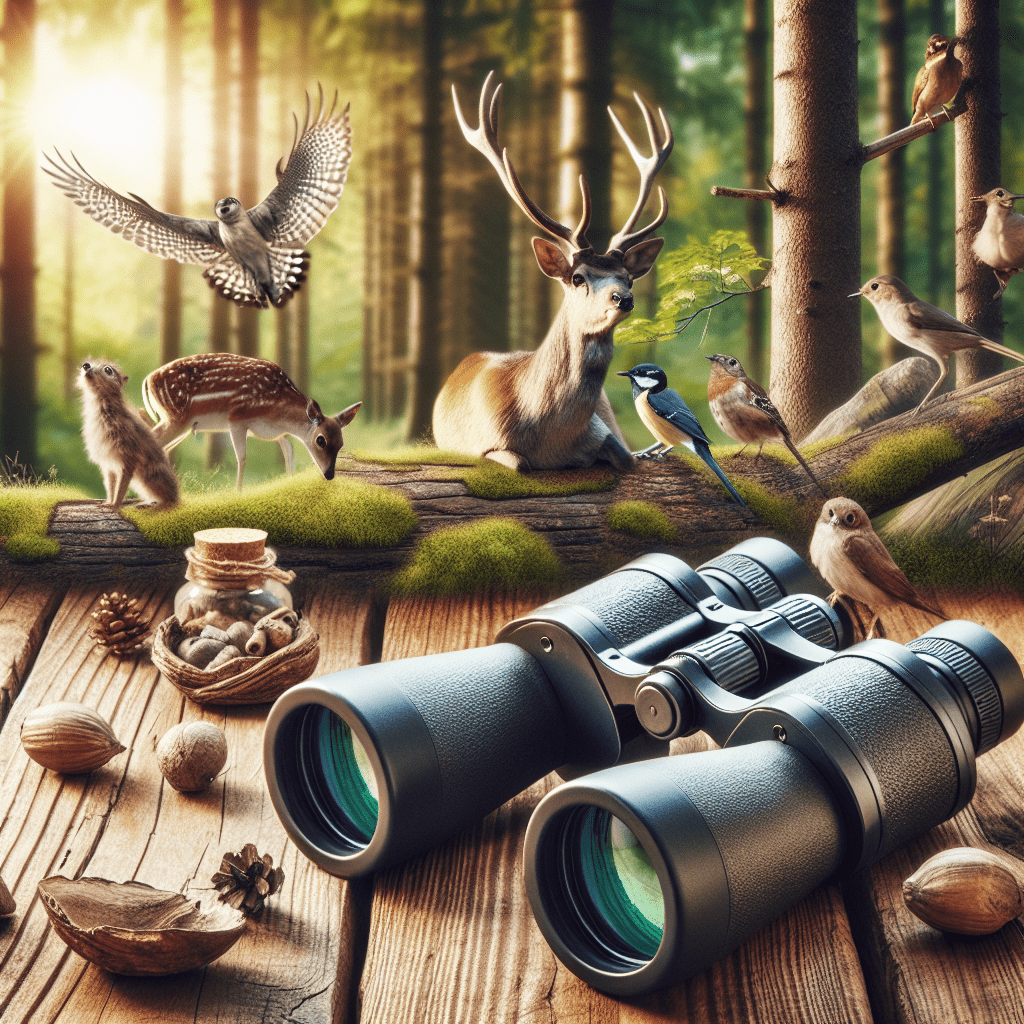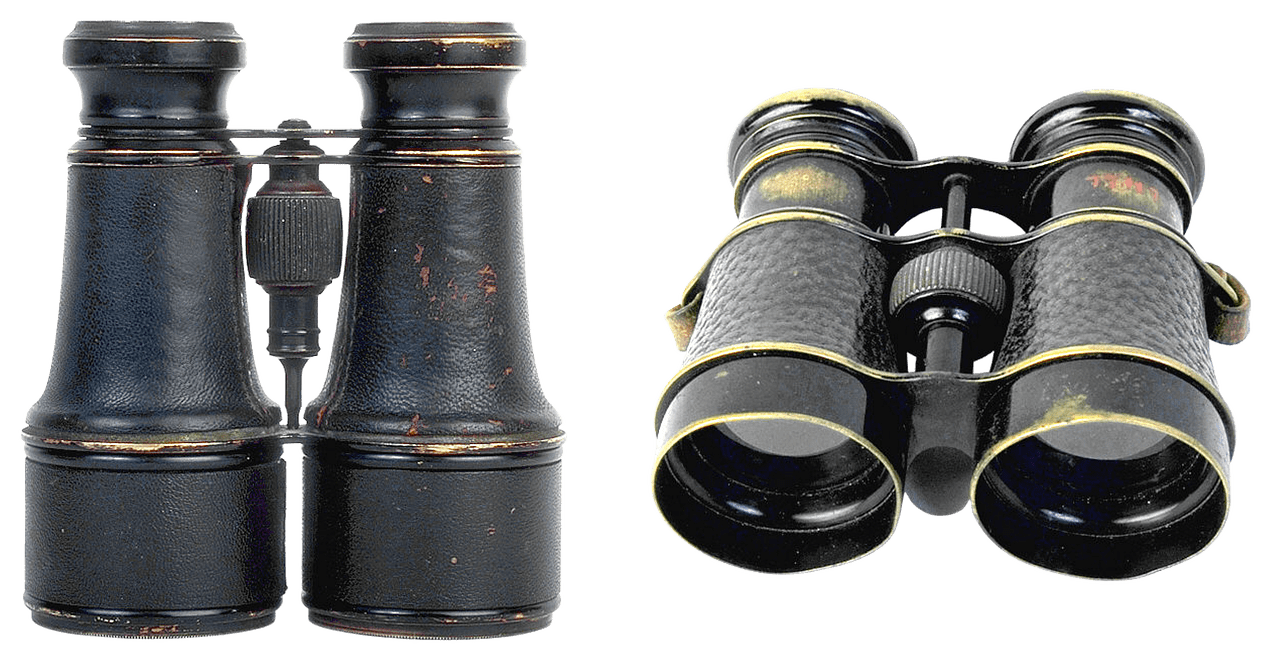
Thinking of going on a wildlife adventure? Wondering if you can bring your trusty binoculars along? We’ve got the answer for you! In this article, we’ll explore the question of whether or not you can bring binoculars for wildlife viewing. Whether you’re an avid birdwatcher or simply want a closer look at majestic creatures in their natural habitat, read on to find out if these handy devices are allowed on your next outdoor escapade. Can I bring binoculars for wildlife viewing? The answer is a resounding yes! Binoculars are a must-have accessory for any nature enthusiast looking to immerse themselves in the world of wildlife. With their increased magnification and enhanced detail, binoculars allow you to get up close and personal with the magnificent creatures that inhabit our planet. In this article, we will explore the various benefits of using binoculars for wildlife viewing, the different types of binoculars available, factors to consider when choosing binoculars, how to use them effectively, wildlife viewing etiquette, best practices, popular viewing locations, maintenance and care tips, and even some alternatives to binoculars. So, let’s dive into the wonderful world of binoculars and discover how they can enhance your wildlife viewing experience!

Benefits of Using Binoculars for Wildlife Viewing
Increased Magnification
One of the biggest benefits of using binoculars for wildlife viewing is the increased magnification they provide. With binoculars, you can view animals from a distance without disturbing them, allowing you to observe their natural behavior in their natural habitat. This increased magnification also enables you to see details that would otherwise be missed by the naked eye.
Enhanced Detail and Clarity
Binoculars offer enhanced detail and clarity, making it easier to identify different species of animals and observe their unique characteristics. Whether it’s the intricate patterns on a bird’s feathers or the subtle features on a mammal, binoculars bring the wildlife world to life, allowing you to appreciate the beauty and intricacy of nature in a way that would be impossible without them.
Extended Viewing Range
With binoculars, you can extend your viewing range, allowing you to spot wildlife that may be hidden or camouflaged from a distance. Binoculars enable you to scan the landscape or treetops, spotting elusive creatures that would otherwise go unnoticed. By expanding your range, binoculars open up a whole new world of wildlife viewing opportunities.
Types of Binoculars for Wildlife Viewing
Compact Binoculars
Compact binoculars are lightweight and portable, making them ideal for wildlife viewing on the go. They are easy to carry around your neck or in a small bag, ensuring you never miss an opportunity to spot wildlife. Compact binoculars may have smaller objective lens diameters, but they still offer good magnification and clarity, making them a popular choice for outdoor enthusiasts.
Full-size Binoculars
Full-size binoculars are larger and heavier than compact binoculars, but they offer superior performance in terms of magnification and image quality. Their larger objective lens diameter allows more light to enter, resulting in brighter and clearer images. Full-size binoculars are well-suited for long periods of wildlife observation and provide a more immersive viewing experience.
Zoom Binoculars
Zoom binoculars offer the convenience of adjustable magnification, allowing you to zoom in and out to get a closer look at wildlife. They provide flexibility in adapting to different viewing distances and are particularly useful in situations where the viewing range is unpredictable. However, it’s important to note that zoom binoculars may not offer the same image quality as fixed magnification binoculars.
Factors to Consider When Choosing Binoculars for Wildlife Viewing
When selecting binoculars for wildlife viewing, several factors should be taken into consideration to ensure you make the right choice. Here are some key factors to keep in mind:
Magnification Power
The magnification power of binoculars determines how much larger an object will appear. For wildlife viewing, a magnification of 8x to 10x is generally recommended. Higher magnification may result in a narrower field of view and increased shakiness, making it harder to track wildlife.
Objective Lens Diameter
The objective lens diameter affects the amount of light entering the binoculars, which in turn impacts the brightness and clarity of the image. A larger objective lens diameter allows more light to enter and is ideal for low-light conditions. However, it also makes the binoculars bulkier and heavier.
Field of View
The field of view refers to the width of the area visible through the binoculars at a specific distance. A wider field of view allows you to observe a larger area, making it easier to track moving wildlife. However, a wider field of view often comes at the expense of magnification.
Lens Coating
Lens coating plays a crucial role in improving image quality by reducing glare and improving light transmission. Look for binoculars with multiple-layered anti-reflective coatings, such as fully multi-coated lenses, to ensure optimal image brightness and clarity.
Prism Type
Binoculars utilize prisms to correct the inverted image created by the objective lens. There are two primary prism types: Porro prisms and roof prisms. Porro prism binoculars tend to offer better depth perception and wider field of view, while roof prism binoculars are more compact and lightweight.
Size and Weight
Consider the size and weight of the binoculars, especially if you plan on using them for extended periods or while hiking. Compact and lightweight binoculars are easier to carry, but they may sacrifice some performance compared to full-size binoculars.
Durability
For wildlife viewing, it’s important to choose binoculars that are durable and built to withstand outdoor conditions. Look for models with a sturdy construction, waterproof and fog-resistant features, and a protective rubber coating for a comfortable grip.
Comfort
Comfort is essential, especially if you will be using binoculars for long periods. Look for binoculars with an ergonomic design, adjustable eye relief, and twist-up eyecups that can accommodate eyeglass wearers.
How to Use Binoculars for Wildlife Viewing
Once you have chosen the perfect pair of binoculars, knowing how to use them effectively will greatly enhance your wildlife viewing experience. Here are some essential tips:
Adjusting the Interpupillary Distance
Start by adjusting the interpupillary distance, which is the distance between the centers of your eyes. Grasp the binoculars with both hands and slowly move them apart or closer together until you see a single, circular image.
Focusing the Binoculars
Most binoculars have a central focusing knob and/or individual eyepiece focus adjustments. Use the central focusing knob to adjust the focus until the image appears sharp and clear. Fine-tune the focus using the individual eyepiece adjustments if necessary.
Using the Binocular Strap
Attach the binocular strap to the designated points on your binoculars and wear it around your neck. This will keep the binoculars easily accessible and prevent accidental drops or loss.
Holding the Binoculars Steady
To minimize shakiness and achieve a stable view, support the binoculars by placing your elbows against your torso or by using a tripod if available. Use your index fingers to control the focusing knobs while keeping a firm grip on the binoculars with your other fingers.
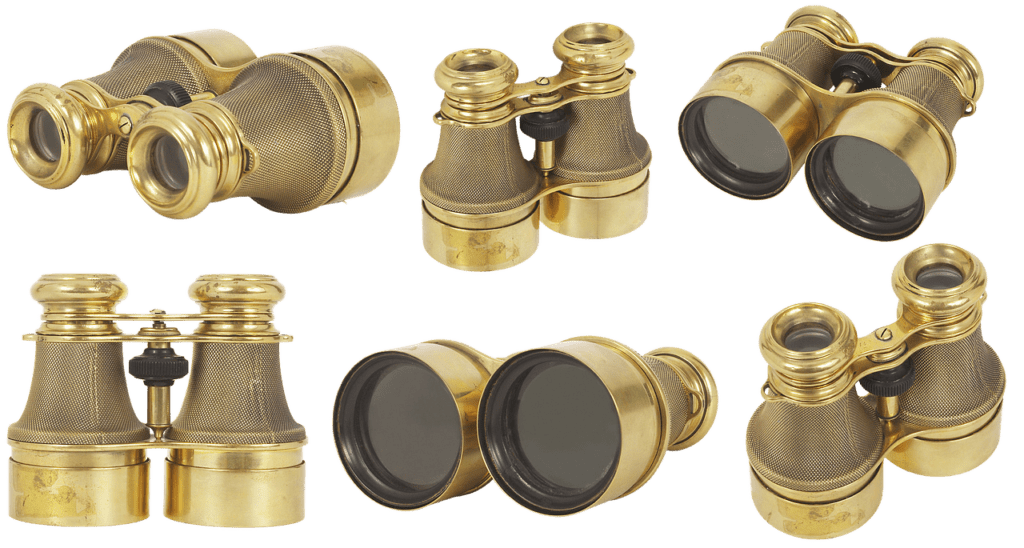
Etiquette for Wildlife Viewing with Binoculars
Responsible wildlife viewing is essential to protect the animals and their habitats. Here are some etiquette guidelines to follow:
Respect Wildlife Distances
Always maintain a safe distance from wildlife to avoid disturbing their natural behavior. Use your binoculars to observe them from a distance, allowing them to carry on with their activities undisturbed.
Stay Quiet and Still
Keep noise to a minimum and avoid sudden movements that may startle or scare animals away. Noise and movement can disrupt their natural behaviors and cause unnecessary stress.
Avoid Flash and Bright Lights
Flashes and bright lights can startle animals and disturb their natural rhythms. Avoid using them when wildlife viewing, especially when observing nocturnal animals or during sensitive times such as nesting or feeding.
Do Not Feed or Approach Animals
Feeding or approaching wildlife can alter their behavior and put them at risk. Maintain a respectful distance and allow the animals to go about their lives in a natural and undisturbed manner.
Best Practices for Wildlife Viewing with Binoculars
To make the most of your wildlife viewing experience, here are some best practices to consider:
Choose the Right Time of Day
Animals are often more active during the early morning or late evening hours. Plan your wildlife viewing activities accordingly to increase your chances of spotting wildlife in action.
Be Patient and Observant
Wildlife can be elusive and may require patience to spot. Spend time observing the surroundings, scanning for movement or signs of animal activity. Keep in mind that wildlife viewing is not always about quantity but the quality of the experience.
Scan the Surroundings
Rather than viewing exclusively through your binoculars, use them as a tool to scan the surroundings. Look for movement, tracks, or other signs of wildlife that may indicate their presence.
Use Binoculars to Identify Species
Binoculars allow you to observe animals in great detail, making it easier to identify different species. Pay attention to unique markings, color patterns, or physical characteristics that can help you identify the animal you are observing.
Take Notes or Photographs
Consider taking notes or photographs to document your wildlife observations. This can be a valuable reference for future research or simply a way to relive the memories of your wildlife encounters.
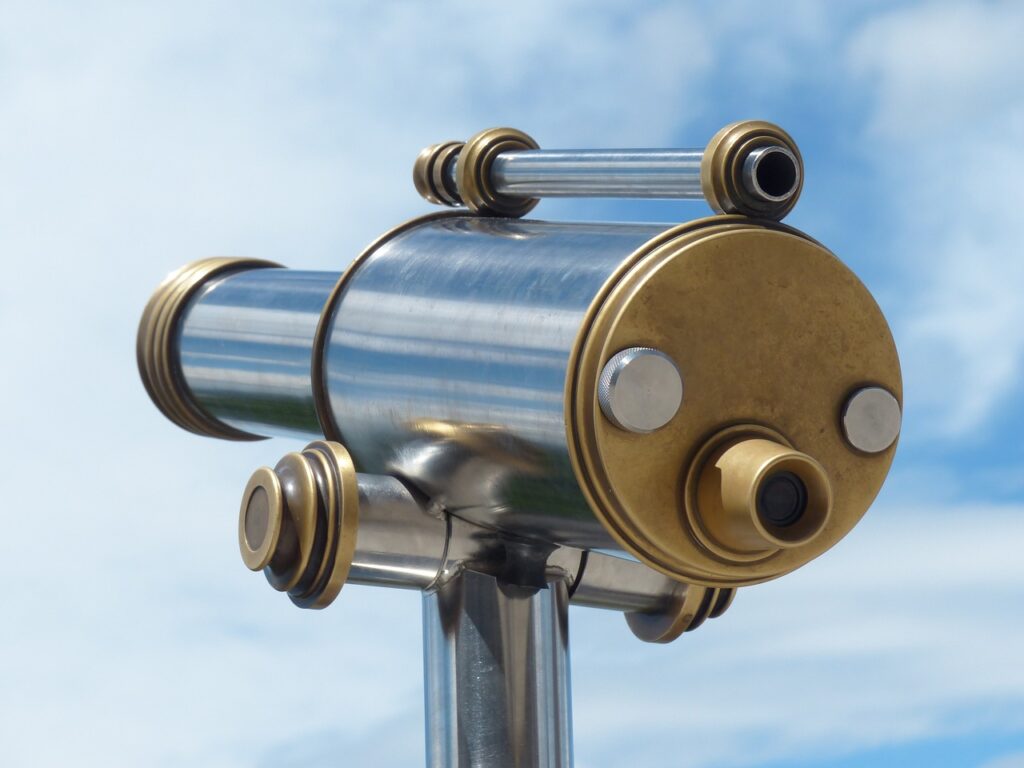
Popular Wildlife Viewing Locations for Binocular Use
Binoculars can be used virtually anywhere to observe wildlife, but some locations are particularly renowned for their abundant biodiversity. Here are some popular wildlife viewing locations where binoculars are essential:
National Parks and Reserves
National parks and reserves are dedicated to the preservation and protection of wildlife and their habitats, making them ideal locations for wildlife viewing. From the African savannahs to the pristine forests of North America, national parks offer a wide range of wildlife viewing opportunities.
Bird Sanctuaries
Bird sanctuaries provide safe havens for a variety of bird species, making them paradise for birdwatchers. Binoculars are indispensable for identifying and appreciating the incredible diversity of feathered creatures that inhabit these sanctuaries.
Coastal Areas
Coastal areas are rich in marine wildlife, including seals, dolphins, whales, and seabirds. Binoculars allow you to view these animals from a safe distance without disturbing their marine environment.
Wetlands
Wetlands are home to a wide array of birds, reptiles, amphibians, and mammals. Binoculars are essential in these environments, as they allow you to observe wildlife in their natural wetland habitats while keeping a respectful distance.
Mountains and Forests
Mountains and forests harbor elusive wildlife species that are often challenging to spot. Binoculars can help you navigate rugged terrains and scan tree canopies, increasing your chances of spotting animals such as bears, deer, or elusive primates.
Tips for Binocular Maintenance and Care
To ensure your binoculars remain in optimal condition and provide years of wildlife viewing pleasure, here are some maintenance and care tips:
Cleaning the Lenses
Use a soft lens brush or cloth to remove any debris or dust particles from the lenses. For smudges or fingerprints, gently clean the lenses using a lens cleaning solution and a microfiber cloth. Avoid using any harsh chemicals or abrasive materials that may damage the lens coatings.
Protecting from Moisture and Dust
Store your binoculars in a dry place and protect them from moisture and dust when not in use. Consider using a lens cap or protective case to shield the lenses from potential damage.
Storing Binoculars Properly
When storing your binoculars for an extended period, consider removing the batteries (if applicable) to prevent any potential leakage. Store them in a clean, dry environment away from extreme temperatures and direct sunlight.
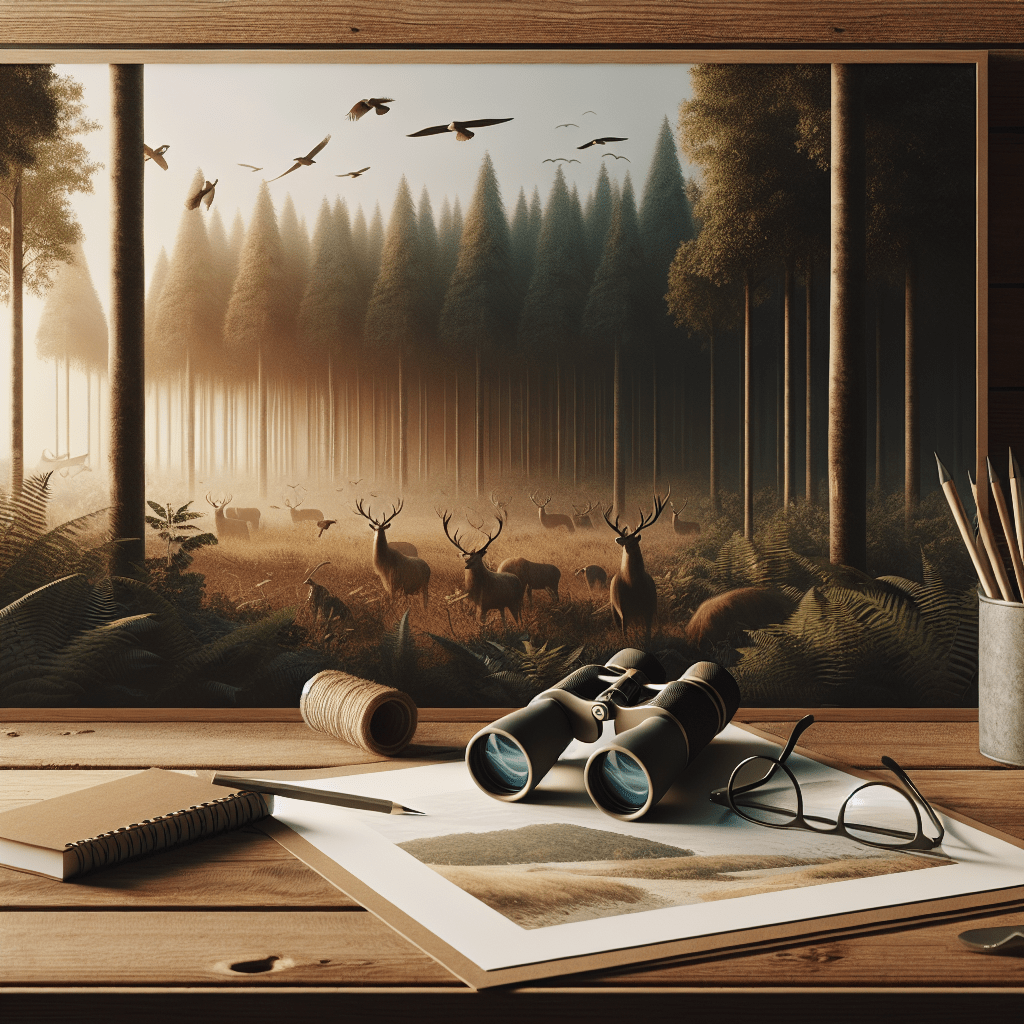
Alternatives to Binoculars for Wildlife Viewing
While binoculars are undoubtedly the preferred choice for wildlife viewing, several alternatives can also enhance your experience:
Spotting Scopes
Spotting scopes offer high magnification and excellent image quality, making them ideal for long-range wildlife viewing. They provide a more detailed view compared to binoculars but are less portable and require additional accessories.
Telephoto Camera Lenses
If you are an avid photographer, telephoto camera lenses can be a great tool for wildlife photography. They offer exceptional zoom capabilities, allowing you to capture detailed photographs of wildlife from a distance.
Smartphone Apps
Smartphone apps can provide additional information and assistance during wildlife viewing. From species identification guides to animal calls and behavior tips, these apps can complement your binoculars and enhance your overall experience.
Conclusion
In conclusion, binoculars are invaluable companions for wildlife enthusiasts. They provide increased magnification, enhanced detail, and an extended viewing range, allowing you to observe wildlife with precision and clarity. By choosing the right type of binoculars and considering various factors such as magnification power, objective lens diameter, and field of view, you can maximize your wildlife viewing experience. Remember to practice responsible wildlife viewing etiquette, be patient and observant, and choose the best time and location for wildlife encounters. With proper maintenance and care, your binoculars will continue to serve as your window into the natural world, enhancing your appreciation and understanding of the incredible diversity of wildlife that surrounds us. So, grab your binoculars, embrace the beauty of nature, and embark on unforgettable wildlife viewing adventures!
